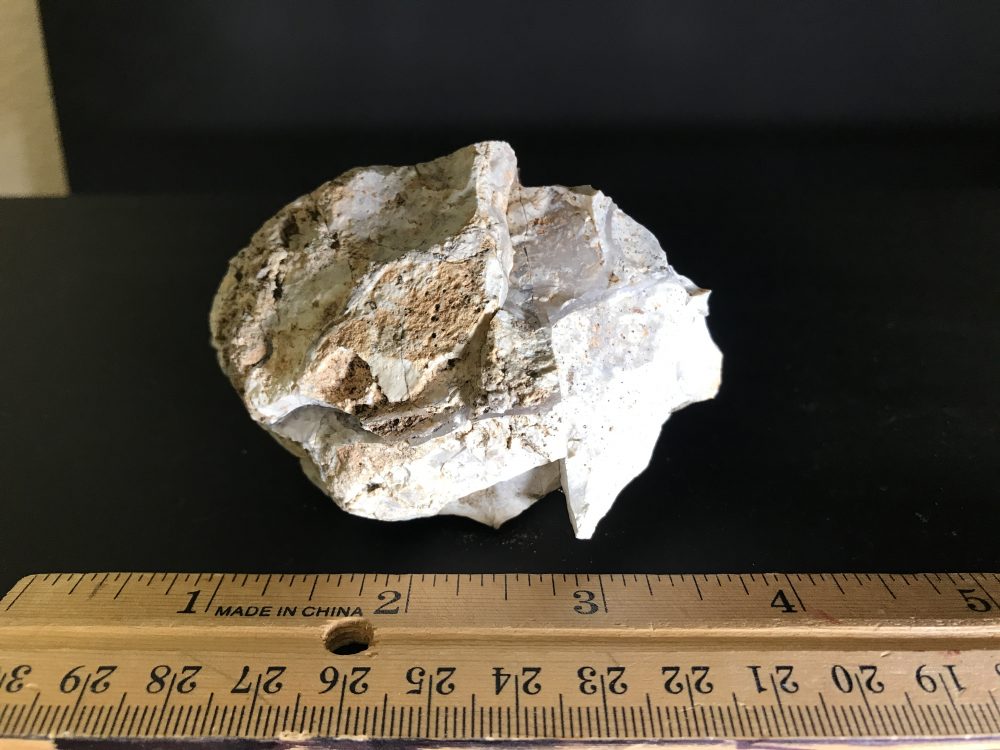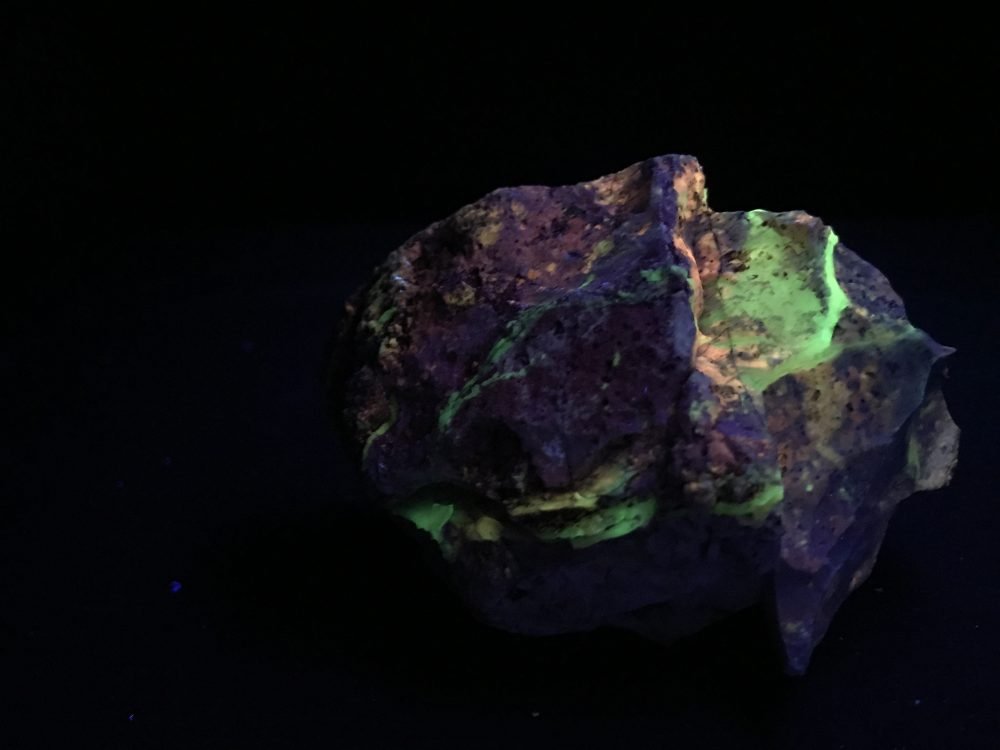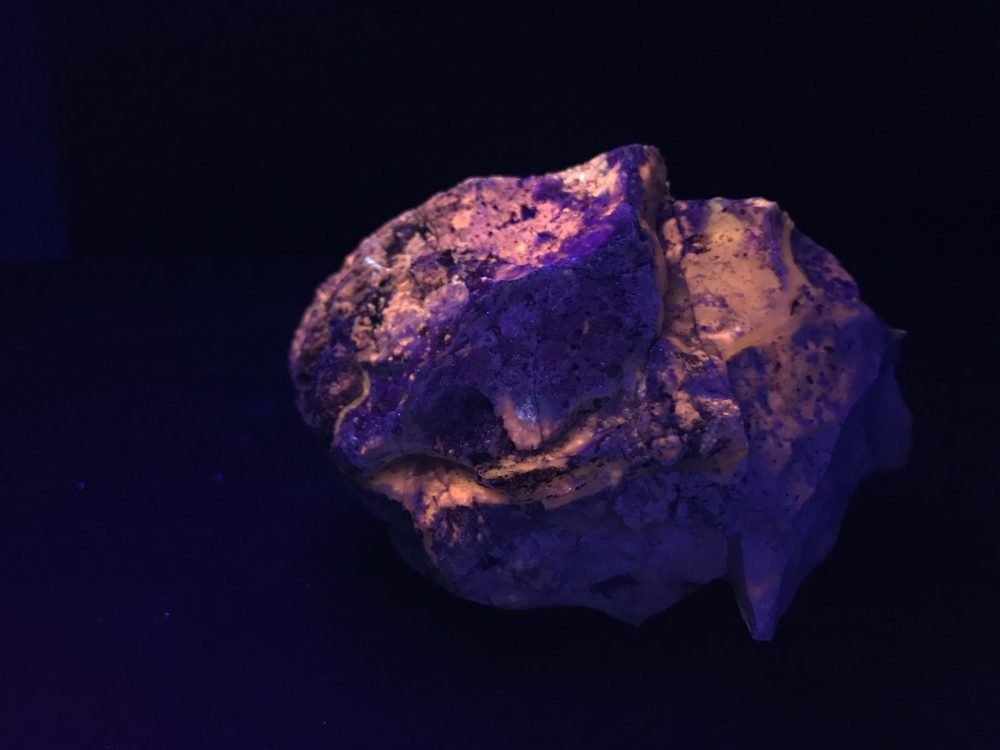Afterglow demonstration from the Princess Pat Mine collecting area in San Bernardino County, California. This characteristic is extremely difficult to capture on video. In person the effect lasts for nearly a minute. I’ve run the video at half speed at a certain point to simulate what this looks like. The text announcing this point goes by quickly.
This is short wave under an 18 watt Way Too Cool Lamp. The mineral is willemite, the parent rock undetermined at this time.
November 12, 2022 update: If you look at this video on a big screen TV (Search YouTube for “Thomas Farley Channel” you’ll see the afterglow much better represented. I cut the video off during editing at the point my computer monitor showed no more glow. On a big screen, the glow still has a way to go. I will reshoot and you can then see the results on a TV.
Princess Pat Mine Afterglow from Thomas Farley on Vimeo.
November 13, 2022 update: Here’s the reshot video.
Princess Pat Mine Revised from Thomas Farley on Vimeo.
How long do you see afterglow continuing? On my unadjusted monitors, blackness comes in at twenty seconds, on my standard def TV blackness comes in at around 23 seconds.
I will be adjusting my monitors and possibly my TV to see if I can view the afterglow longer. This site has been recommend for adjusting displays:
http://www.lagom.nl/lcd-test/black.php
That website is difficult to use. My iMac has a native calibration setup process that does not push the length.
In full screen mode using the original HD file, the last spot I see on my iMac is at 25 seconds. Even though I shot this in HD, 3840 x 2160, compression is going on at Vimeo where I uploaded it originally and then published it through Vimeo to YouTube. And I scaled it to 1920*1080 before uploading.
The Princess Pat Mine collecting site is described at this website by Justin Zzyzx who who has written Rockhound Barstow, the best and most current field guide to California’s Mojave.
http://wheretofindrocks.com/finding-princess-pat-mine-lighting-shadow-mountain-california/
This specimen was a kind gift from a friend.
—-
Follow me on Instagram: tgfarley
https://www.instagram.com/tgfarley/



